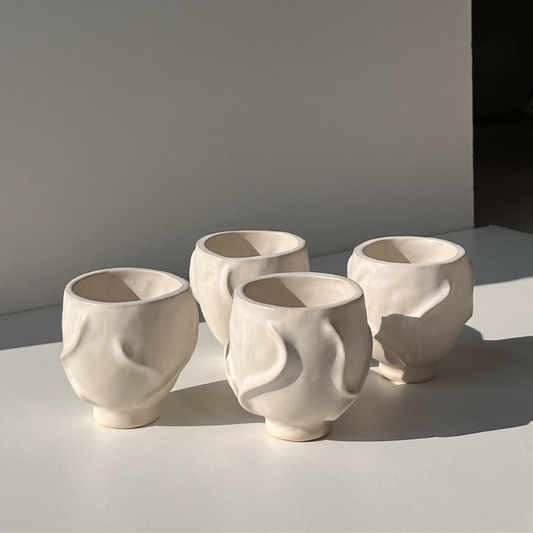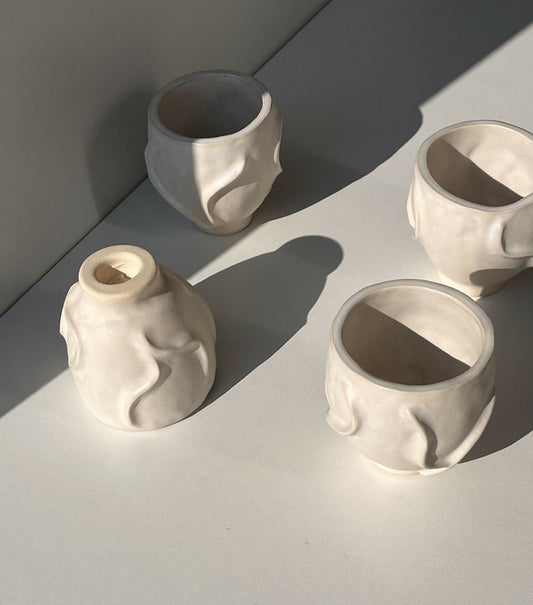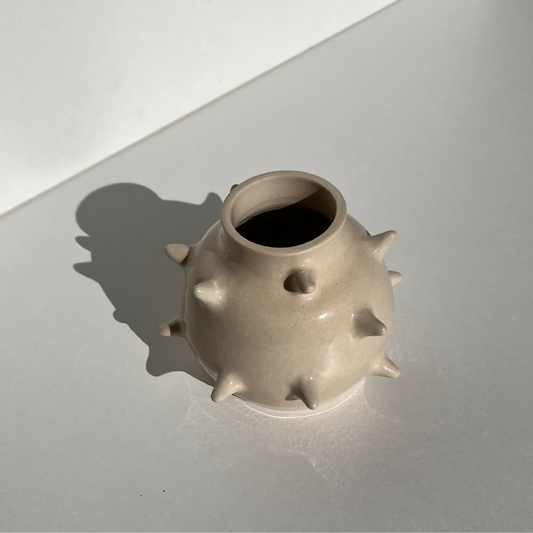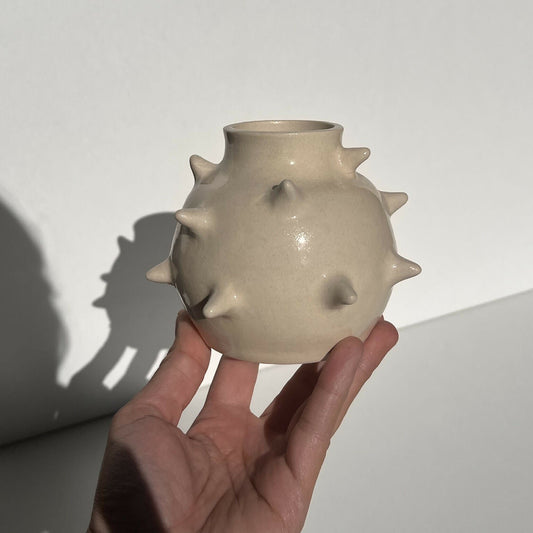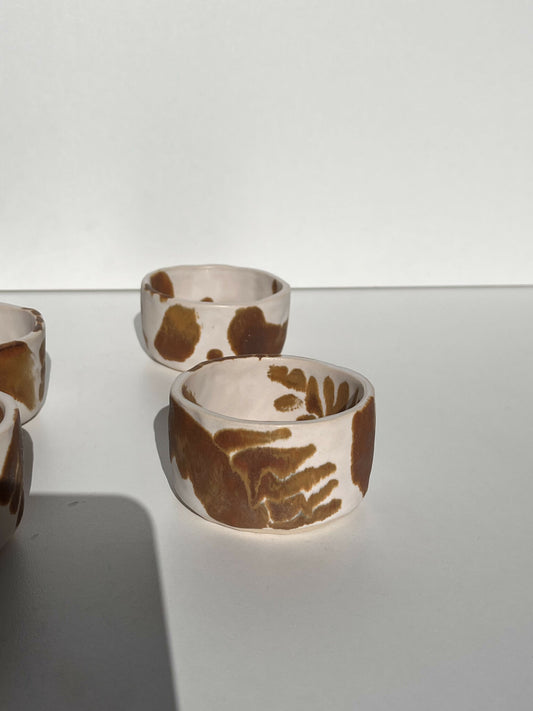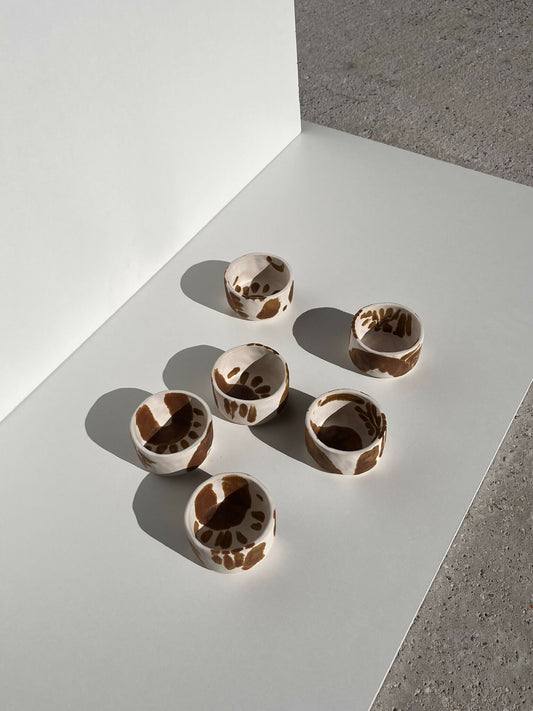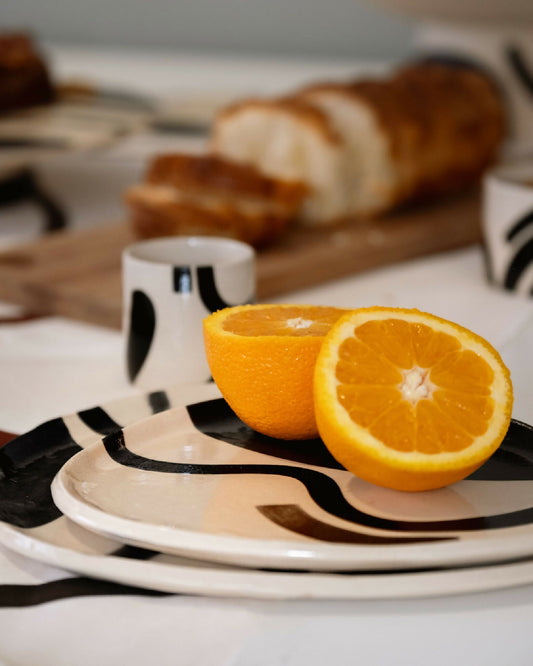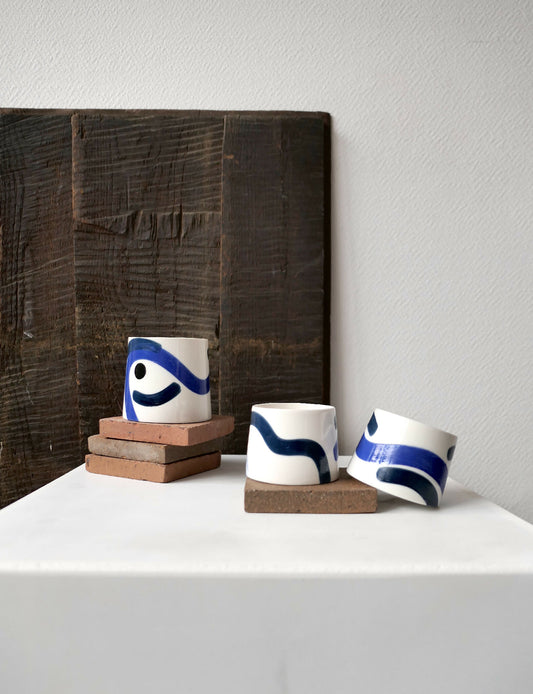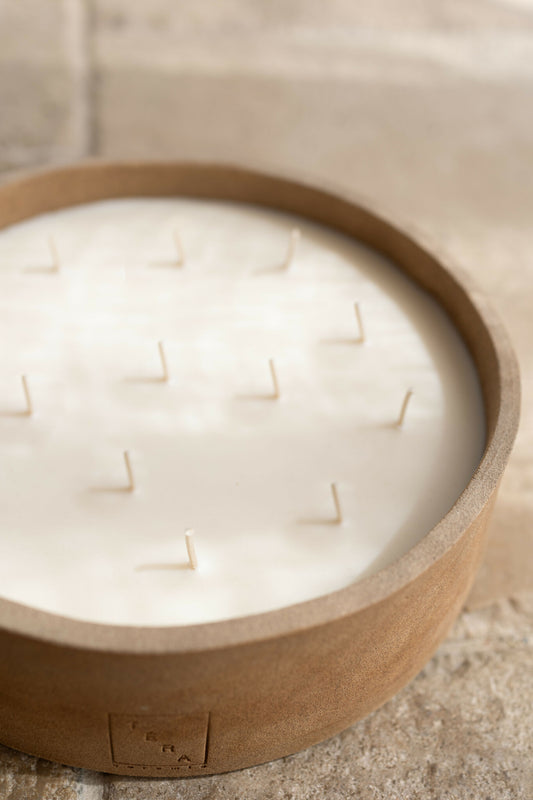In a society where novelty and perfection are often valued, kintsugi offers a refreshing and profound perspective on the beauty of imperfection. Coming from Japanese tradition, this term literally means “golden knuckle”. It is a method of repairing broken ceramic objects that involves highlighting the cracks with gold, silver or platinum, transforming an accident into a unique and charged work of art. sense.
Origins and philosophy
Kintsugi traces its roots to 15th-century Japan when, according to legend, shogun Ashikaga Yoshimasa sent a damaged Chinese tea bowl to China for repair. Dissatisfied with the crude repair method of using metal staples, he is said to have encouraged Japanese craftsmen to find a more aesthetic solution. The result was a technique that not only repaired the object but revalorized it, making its imperfections an integral part of its new identity.
The kintsugi process
The kintsugi method is meticulous and symbolic. When a ceramic object breaks, the pieces are carefully glued back together with urushi lacquer, a product derived from the sap of the Asian lacquer tree. After the lacquer has hardened, gold, silver or platinum powder is applied to the join lines. This creates a striking visual effect where the cracks are highlighted rather than hidden, celebrating the history and resilience of the object.
Kintsugi and wabi-sabi
The art of kintsugi is often associated with the wabi-sabi aesthetic, a worldview centered on the acceptance of transience and imperfection. Wabi-sabi finds beauty in asymmetry, simplicity and economy, highlighting authenticity rather than artificial grandeur. Kintsugi, with its ability to transform faults into attributes, is a concrete expression of these principles.
Contemporary influence and resonance
The appeal of kintsugi extends far beyond Japan's borders, inspiring people in many fields, from art and design to psychology. It is seen as a powerful metaphor for human resilience and the ability to overcome hardship. Recognizing and valuing our own “fissures” can lead to a more authentic and caring approach to life. In terms of interior decoration or design, objects repaired using the kintsugi method add a unique touch and history to every space. They remind us that perfection is not the ultimate goal and that imperfection can be accepted with grace, and even celebrated.
Conclusion
Much more than just a repair technique, kintsugi is a philosophy that honors resilience and finds beauty in healed wounds. This philosophy invites us to realize that by integrating these principles into our daily lives, we can learn to accept our own imperfections and see them as marks of our unique journey through life.


